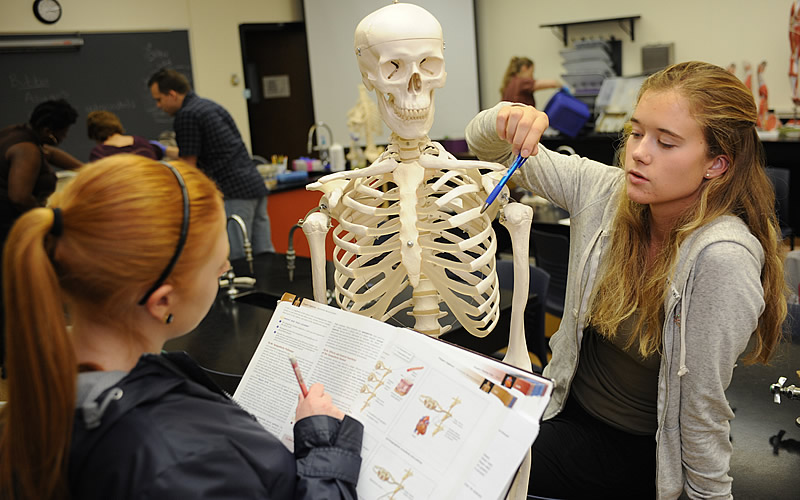
By Andy Brack, editor and publisher | South Carolina public colleges and universities are between a big old rock and a very hard place.
Because the state’s share of tax dollars spent on higher education has dropped precipitously in recent years, public colleges have had to raise tuition so much that they’re now the highest in the South. Meanwhile, campuses have $2.5 billion of infrastructure needs and deferred maintenance. On top of that, the way scholarships are awarded generally are counter to a national trend.
As outlined in recent Statehouse Report coverage by Lindsay Street, the state’s financial support for higher education over the last 30 years has dropped from 17 percent of the state’s general spending to an average of 7 percent. In reality, this means the generally accepted concept that our our colleges and universities are “state-supported institutions” rings hollow. Instead, the General Assembly steers some money to higher ed, but the colleges have to figure out how to keep the lights on. Before the recent recession, the state spent about $225 million more per year on higher education than it spends now.
In this environment of dwindling state funding, South Carolina’s 33 public colleges and universities have raised tuition on in-state students and even more on out-of-state students. In 2017-18 according to the College Board, public college tuition for South Carolina residents is the ninth highest in the country at $12,610 as the average annual cost for tuition and fees. Compare that to neighboring North Carolina ($7,380), ranked eighth lowest, and Georgia ($8,570), ranked 18th lowest. Out-of-state students in S.C. colleges face a bigger burden – the fifth highest tuition at an average of $31,300 a year.
Something that has kept the Palmetto State’s public colleges and universities from having to raise tuition even more — or cut programs and services — is the amount of money spent on scholarships funded by the state lottery. This year, students at public – and private colleges – received about $365 million in scholarships.
But the majority of those scholarships – about $300 million — are awarded on merit, which means they’re based on student grades. Only $65 million is need-based, which makes college more affordable for low-income students. Across the nation, the trend is for most state-backed scholarships to go to low-income students so they get a chance to attend college. Giving scholarships to mostly white middle-class students, which is what the S.C. program favors, is viewed by many experts as a “gimme” because many of their parents can afford college or have saved to help their children.
“Merit-based financial aid is an inefficient use of state funds and resources because the students most likely to get the aid are the students most likely to attend college anyway,” according to Tom Harnisch, director of state relations and policy analysis with American Association of State Colleges and Universities. “State-grant aid has much more impact on low-income students than students from wealthier backgrounds. It has greater bang for the buck when you look at the outcome of students.”
So what can the legislature do to help flatten inadequacies in college funding? In 2018, they need to consider:
Provide more state aid to colleges. It’s a fat chance public colleges and universities will ever again get 17 percent of state funding, but how about getting back to pre-recession levels?
Flip-flop the way scholarships are awarded. Use lottery scholarship money to give preferences in funding to qualified, low-income students by focusing more on need than merit. But when reviewing how to change need-based aid, lawmakers also should look at how public lottery money is used to give aid to private colleges. Currently, about half of need-based lottery aid – some $30 million – goes annually to private schools.
Invest in infrastructure. Earlier this year, House Ways and Means Chairman Brian White, R-Anderson, wanted to borrow $500 million through bonds to deal with deferred maintenance and invest in capital needs. Let’s do this sooner than later so college campuses don’t become the educational equivalent of South Carolina’s highways.
There’s some heavy lifting ahead for higher education in South Carolina. And we need to get started now.
Andy Brack is editor and publisher of Statehouse Report. Have a comment? Send to: feedback@statehousereport.com.


